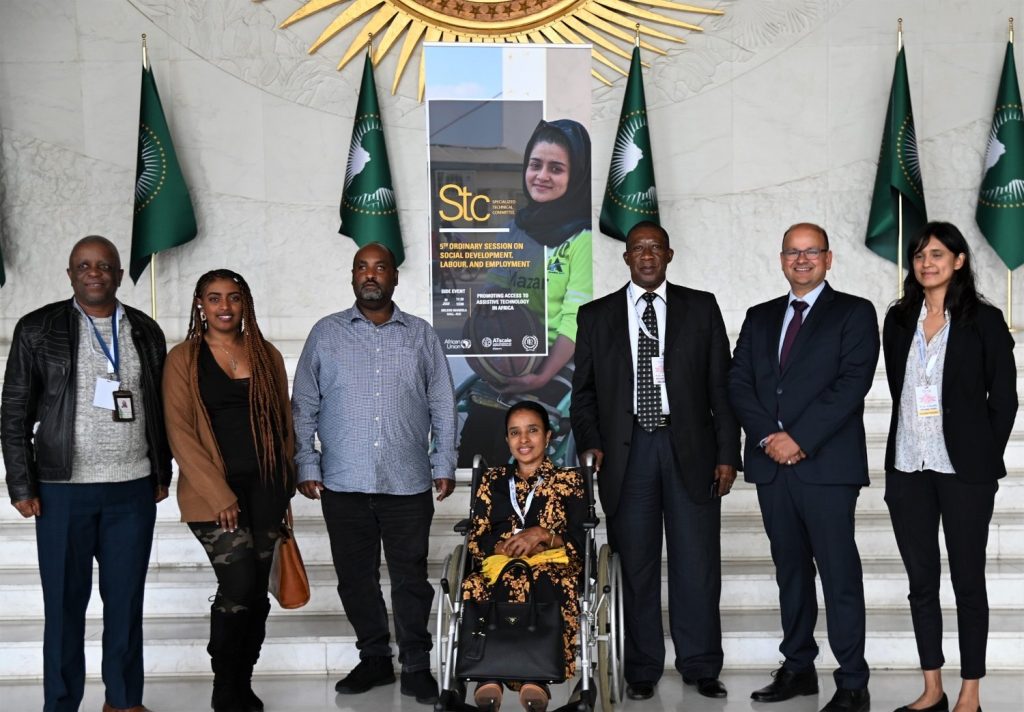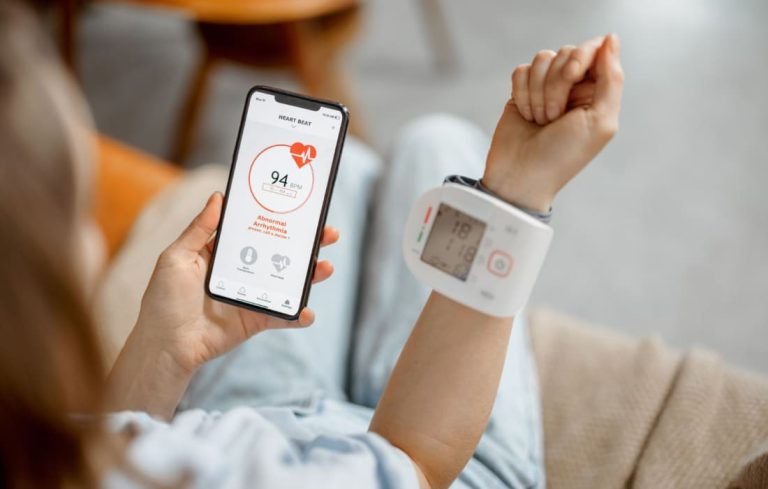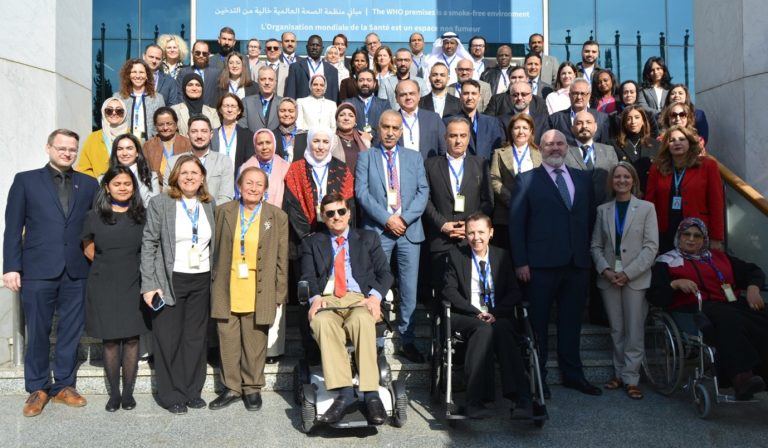In a groundbreaking move, the African Union (AU) has affirmed its commitment to formulating a comprehensive strategy for assistive technology (AT) across the continent. Recognizing that accessible and affordable AT is essential for achieving universal health coverage (UHC) and social inclusion, this initiative aims to bridge the gap between high and low-income regions in Africa. This article reviews the recent AU side event on assistive technology, outlines key strategic recommendations, and discusses how a cohesive AT framework can drive sustainable change. The analysis draws on insights from the AU, ATscale, the Global Partnership for Assistive Technology, and the International Labour Organization (ILO), while also referencing broader global health policy trends.
Access to assistive devices—from wheelchairs and hearing aids to digital communication tools—is a fundamental human right that remains elusive for many in Africa. According to global studies, while nearly 90% of individuals in high-income countries have timely access to necessary AT products, only around 10% of people in low-income settings are adequately served. In this context, the African Union’s recent decision to spearhead a continental AT strategy signifies a critical step toward reducing disparities and enhancing the quality of life for millions. This initiative is not only aligned with the United Nations’ Sustainable Development Goals (SDGs) but also echoes calls from the World Health Organization (WHO) that emphasize inclusive and resilient health systems.
AU’s Commitment and Collaborative Approach
During a recent side event held in conjunction with the African Union’s 5th Ordinary Session of the Specialized Technical Committee on Labour, Employment & Social Development, AU leaders along with representatives from ATscale, the Global Partnership for Assistive Technology, and the ILO, underscored the urgency for actionable AT policies. Under the theme “Promoting Social and Solidarity Economy Ecosystems” along with the broader Social Agenda 2063, stakeholders endorsed the need to transition from aspirational commitments to tangible policy measures. Mr. Lefhoko Kesamang, Senior Social Welfare Officer at the AU Commission, emphasized that drafting a coordinated strategy on assistive technology will create the requisite framework for member states to collaborate effectively .
Key Recommendations and Proposed Strategies
The discussions during the side event yielded several actionable recommendations aimed at fostering widespread AT accessibility:
- Local Production and Cost Reduction: Enhancing the local manufacturing of assistive devices is seen as a viable solution to lower costs and boost supply sustainability.
- Regional Distribution Hubs: Establishing centralized hubs to streamline supply chains can greatly expand the reach of AT, ensuring that devices are available even in remote locations.
- Centers of Excellence: Creating dedicated centers for research, innovation, and best practices will pave the way for continuous improvement in AT solutions, encouraging cross-sector collaboration.
- Integration into National Health Systems: As highlighted by Ethiopia’s Dr. Dereje Duguma, achieving Universal Health Coverage without incorporating assistive technology is an incomplete approach. Integrating AT into broader healthcare frameworks is essential to secure equitable access for all citizens.
These recommendations resonate with global trends that advocate for resilient health systems and are supported by contemporary research from organizations like the WHO and the International Disability Alliance .
Challenges and Opportunities
Addressing Critical Disparities
One of the main challenges in Africa is the stark contrast in AT access between high-income and low-income nations. Despite being recognized as a human right, a significant proportion of the African population remains underserved. The AU’s commitment to a continental strategy reflects an understanding that without coordinated action, the potential for transformative change will remain unrealized.
Opportunities for Economic and Social Empowerment
Investing in assistive technology has far-reaching implications beyond health. Studies suggest that every dollar invested in AT can yield substantial returns in terms of increased productivity and lifetime earnings. By empowering persons with disabilities to participate fully in education, employment, and community life, the initiative supports sustainable development and social inclusion.
Conclusion
The African Union’s decisive move to develop a continental strategy for assistive technology is poised to transform the landscape of disability support across Africa. By advocating for local production, streamlined distribution, dedicated research centers, and integrated health care models, this initiative lays the groundwork for a more inclusive, resilient, and equitable future. As member states mobilize around these recommendations, the AU’s framework could serve as a blueprint for similar efforts in other regions facing comparable challenges.
For more information, please contact ATScale.










